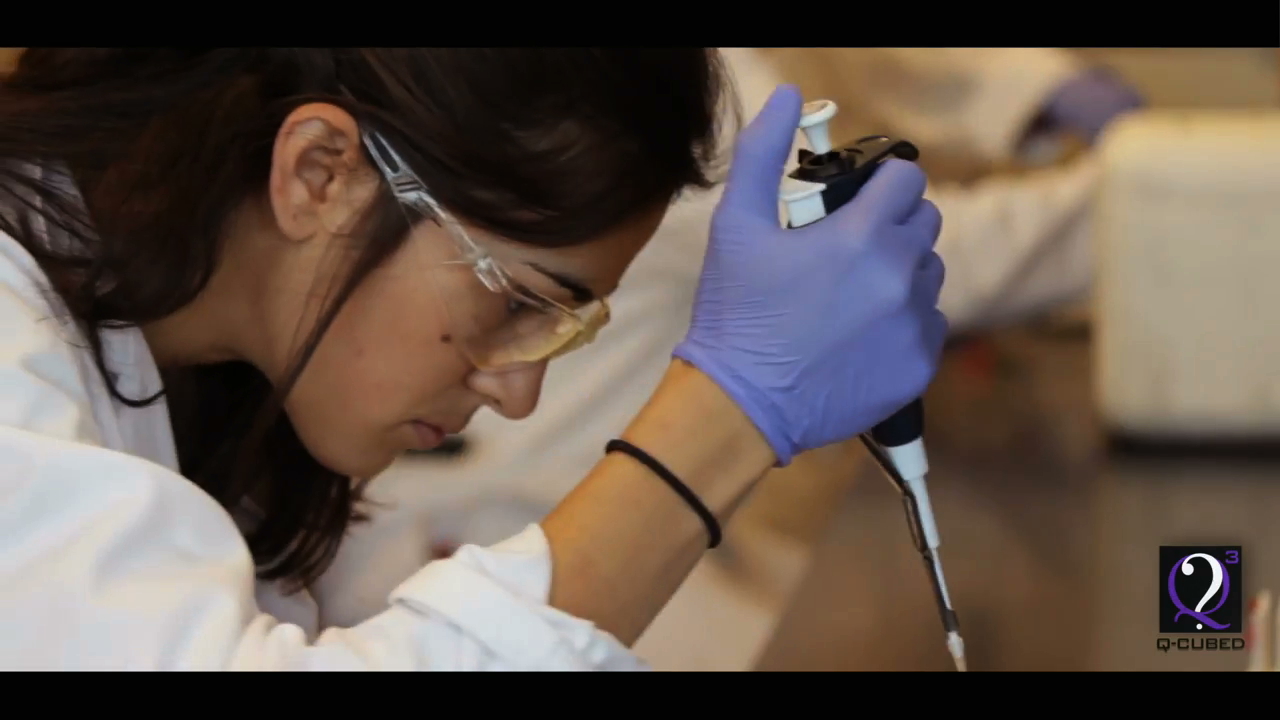Translating Translation and Scientific Questioning in the Global K-12 Community

Project Website(s)
-
Abstract
Recent NIH initiatives target reengineering clinical research fueling a diverse workforce and improving health/ science literacy to accelerate “translation” of discoveries from “bench to bedside to community.” Key to “translating translation” is introducing the “language of medicine” to the K-12 community and public; and raising awareness of the transiency of biomedical “knowledge” social aspects of the scientific enterprise; and uncertainty in decision-making i.e. preparing students for an unpredictable future. With broadband Internet connectivity widely available this NIH-SEPA proposal from an experienced team of translational scientists devoted to outcomes-oriented educational interventions for disadvantaged students leverages a broad infrastructure of programs people and partnerships. The unique centerpiece is the Virtual Clinical Research Center/Questionarium (VCRC/Q) web-based platform 5 years in development designed to expand real-life “place-based seat-timed” K-12 school experiences. To exploit VCRC/Q’s potential as a customizable bi- directional “learning grid” linking scientists with K-12 students/ teachers in a global “learning community” our specific aims (SA) are; 1) implement scale and network the VCRC/Q Platform to facilitate communication among Clinical Translational Science Awards/Clinical Research Centers SEPA projects K-12 schools and the public; 2) assemble integrate and test a customizable inquiry-based “Translating Translation” core curriculum targeting high school students on VCRC/Q or face-to-face in classrooms/labs by trained teachers to excite motivate and educate young minds about the adventure and opportunities in biomedical research. “Translating Translation” will introduce medical language and showcase NIH research and diverse experts/ peer-near peer role models in a paradigm shift emphasizing the dynamic imbalance between medical “knowledge” – the “known” (unquestioned answers) and medical “ignorance” (unanswered questions: what we know we don’t know don’t know we don’t know and think we know but don’t) – the “unknown”; and 3) incorporate platform and curriculum into a robust self-renewing career pipeline with multiple entry points to nurture a growing cadre of diverse young scientist-leaders by bridging progressive summer and year-round “hands on-brain on” research experiences modeled after our long-standing introductory Summer Institute on Medical Ignorance (~500 disadvantaged high school student alumni). SA3 will feature a “high octane” pathway for entry-level student scientists closely mentored in team-oriented laboratory/ clinical research and leadership and “low octane” and “self-serve” options in smaller doses for home use and the public. A comprehensive formative and summative evaluation includes a 3-phase model (design>test>refine; implement>test>refine; disseminate>test>refine) focusing on changes in attitudes skills and knowledge and long-term outcomes/ impact including capacity building career tracks transportability and network expansion. Dissemination centers in VCRC/Q with multimedia multi-institutional partnerships to enhance outreach and impact.
-
Resources for Sharing
http://www.medicalignorance.org/ http://www.youtube.com/watch?v=enfDNW1Bxpk
Project Audience
k-12






